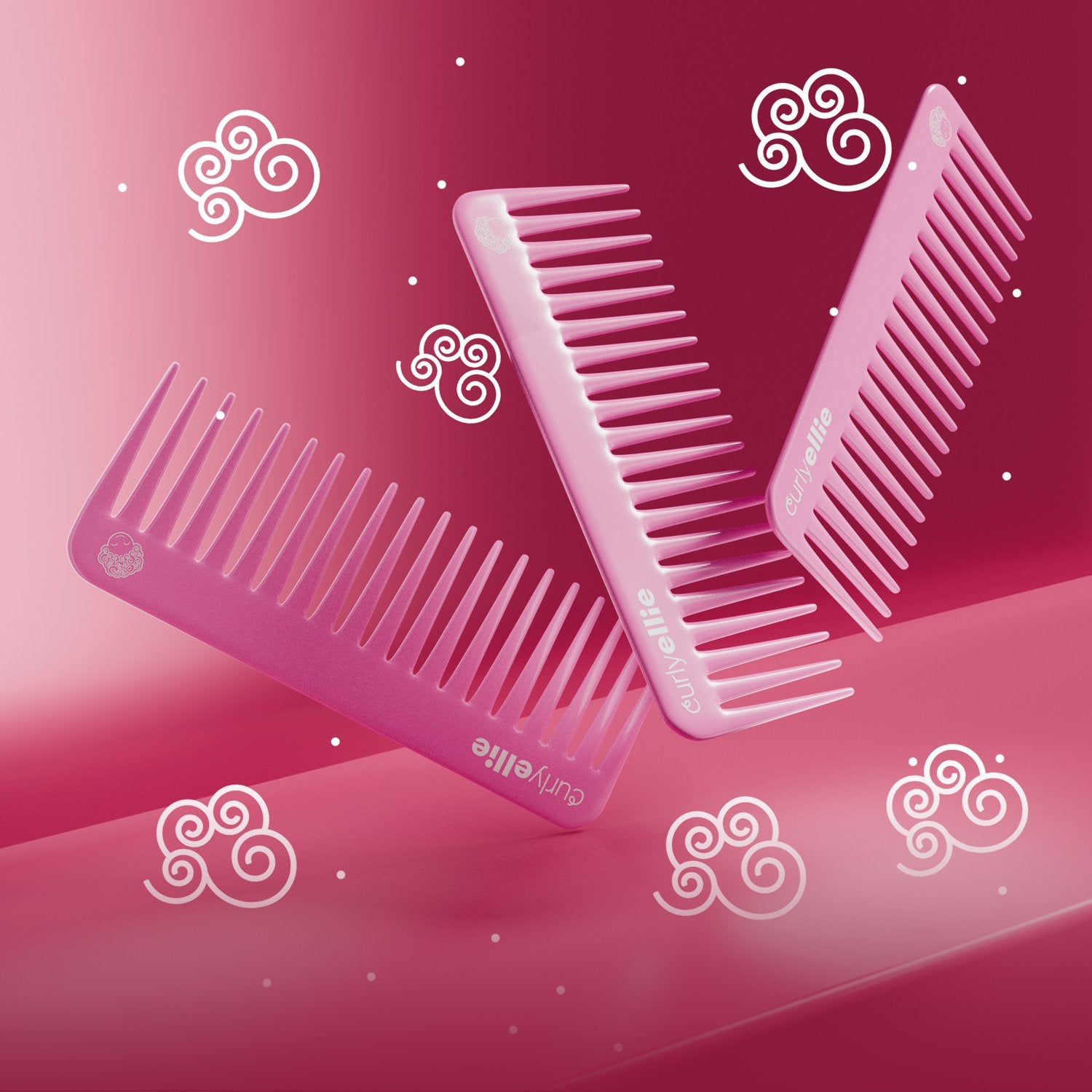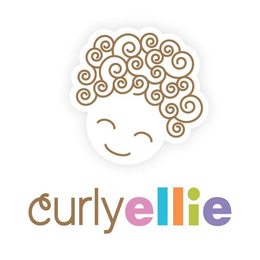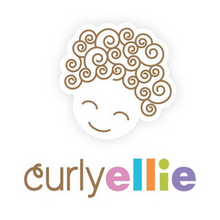Hair Damage : Thermal damage and its consequences
If you’re anything like us, you want your curls to look their best – soft, shiny, and full of life. But no matter how much you love styling your hair, damage is something that can sneak up on you without warning. Ever wonder where all that damage comes from? Let’s break it down, and trust us, it's not just one thing.
Main Sources of Hair Damage
There are three main sources of hair damage: Chemical, Physical, and Environmental. Let’s dive into each of them and see how they affect our hair—and, more importantly, what we can do to protect those gorgeous curls.
The 3 Main Sources of Hair Damage
Chemical Damage
We’ve all been there – experimenting with hair dyes and bleaching to change up our look. While those vibrant colors or lighter shades can be super fun, the chemicals used in these treatments can weaken hair over time. When hair is exposed to strong chemicals, it loses moisture, becomes more brittle, and is more prone to breakage. That’s why we always recommend treating colored hair with extra care—hydration is key!
Physical Damage
Okay, let’s talk about the everyday tools we use to style our curls. Rollers, hair dryers, brushes, and even hairpins might seem harmless, but they can be a huge cause of physical damage. Whether you’re pulling at your hair with a brush or using a flat iron to straighten things out, repeated friction or tension can cause split ends, breakage, and even dryness. And, of course, thermal damage falls right into this category, so let’s explore that a little more!
Environmental Damage
It’s not just the things we do to our hair that affect it; it’s also the environmental factors we can’t control. Things like sun exposure, chlorine in pool water, and air pollution can all dry out your curls and leave them looking lacklustre. Over time, exposure to the environment can weaken hair’s natural structure, fading color and making it more prone to damage.
Thermal Damage: The Silent Threat to Your Curls
Let’s talk about thermal damage, one of the sneakiest types of damage that many of us deal with on a daily basis. Here’s the thing: using heat styling tools is almost a necessity in the life of curly-haired folks, right? But the heat from tools like curling irons, flat irons, diffusers and blow dryers can really take a toll on your hair, especially if used incorrectly.
Thermal damage happens when heat from styling tools directly hits your hair for too long, leading to breakdowns in the hair’s structure. And here's the thing – it’s easy to overlook, because it happens gradually over time. But once you realise it’s happening, it can be harder to undo.
Different Levels of Harm

So, how does it happen?
Heat styling tools can reach temperatures anywhere between 90°C to 230°C (194°F to 446°F). At these high temperatures, your curls are at risk of serious damage. But don't worry, we’ve got the breakdown for you:
At 80°C (176°F)
The cuticle, the outer layer of the hair, starts to crack. This means your hair’s natural protective barrier is weakened, causing it to lose moisture, which can lead to dryness and frizz.
At 150°C (302°F)
At this point, the heat is starting to have a real impact. Pores begin to form within the hair shaft, and the hair loses its plasticity (that soft, bendable quality). The result? Hair becomes stiff and prone to breakage.
Above 200°C (392°F)
Now, this is where things get intense. If your styling tool is going over 200°C, your hair is at serious risk of being damaged. Big voids form within the hair, causing cracking, cuticle breakage, and even the denaturation of keratin (the protein that keeps hair strong). This can lead to hair that’s brittle, fragile, and not so cute.
How Does This Affect Your Hair?
The damage intensity depends on how hot the tools are, how often you use them, and how long they stay on your hair. If you’re styling your hair every day at high temperatures, the damage can happen quickly. If you use lower heat settings or take breaks between styling, it helps reduce the risk.
But let’s be real: we all love a good blowout or curl, and sometimes using heat is the easiest way to get those perfect curls. So how can we protect ourselves from this silent damage?
How to Protect Your Curls from Thermal Damage
Don’t worry, we’ve got your back! Here’s how to protect your hair while still getting those gorgeous styles:
- Use a Heat Protectant: This is a game-changer. Always apply a heat protector before using hot tools. It creates a shield over your hair, reducing heat penetration and preventing damage.
- Lower the Temperature: As tempting as it may be to crank your styling tool up to 230°C, try to keep the heat as low as possible. Lower temperatures can still give you great results without causing as much stress on your strands.
- Take Breaks Between Styling: If you heat style your hair often, it’s important to give your curls a rest from time to time. Use heat-free styles and allow your hair to recover and retain its natural texture.
- Invest in Quality Tools: Not all heat tools are created equal. High-quality tools with ceramic plates and temperature control settings are less likely to damage your hair compared to cheap, poorly made tools. Plus, they’ll give you a smoother, more even result.
- Hydrate, Hydrate, Hydrate: One of the best ways to combat thermal damage is by keeping your curls moisturized. Use deep-conditioning treatments regularly, and make sure to lock in moisture with an amazing leave-in conditioner. Healthy curls are stronger curls, and stronger curls are more resilient against heat!
- Final Thoughts: Keep Those Curls Healthy and Happy
At CurlyEllie, we know that healthy, beautiful curls require careful attention and the right protection. Thermal damage might seem unavoidable when using heat tools, but with the right steps - like using a heat protectant, hydrating your curls, and lowering the heat- you can still keep your curls looking fabulous without the damage.
So, next time you reach for your curling iron or blow dryer, just remember: protect your hair, hydrate regularly, and keep those curls bouncing with joy!
We hope this helps you better understand thermal damage and how to keep your curls safe while styling!
Ready to step up your heat protection game?
Check it out today!












